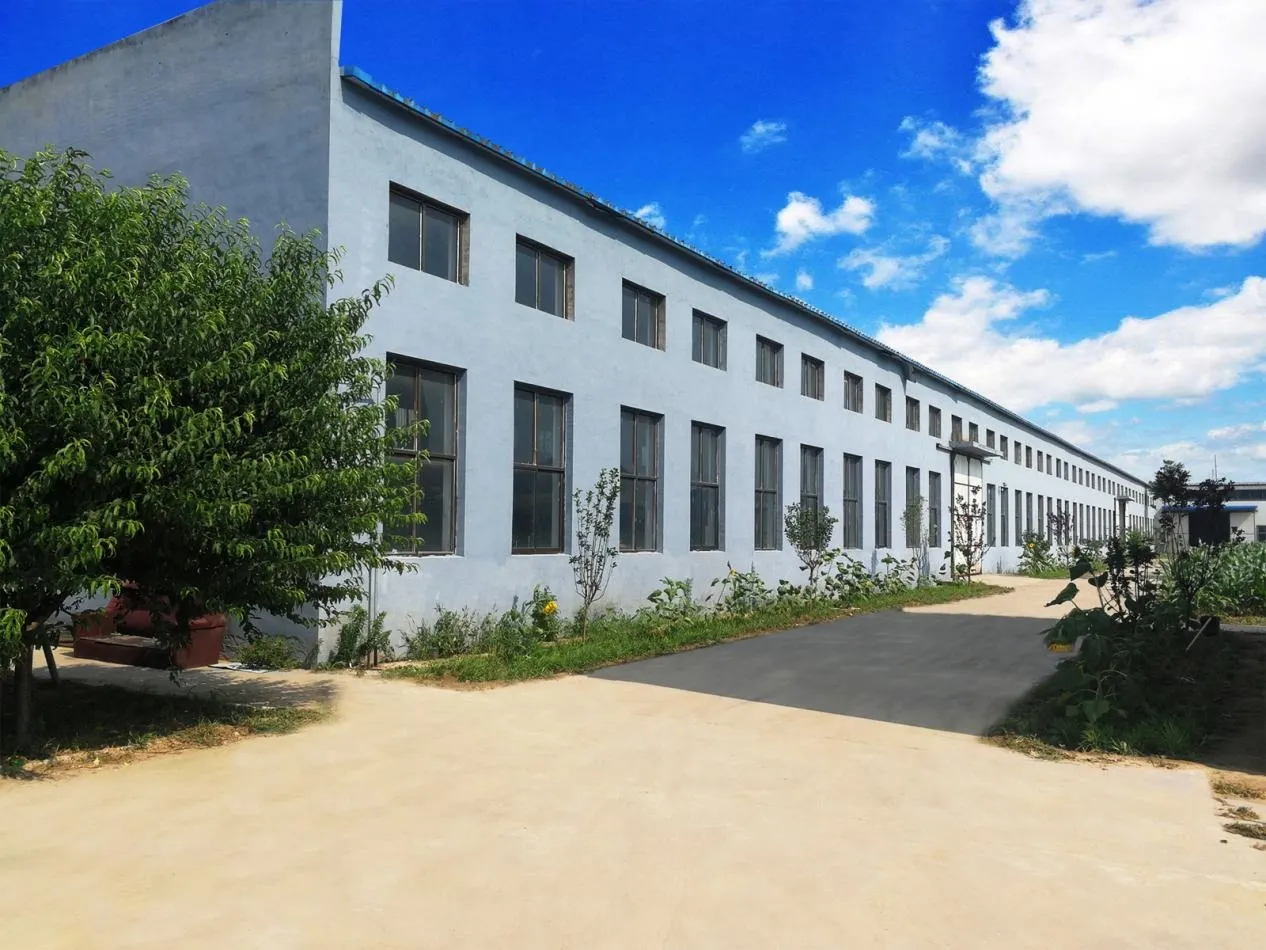10 月 . 02, 2024 12:56 Back to list
rubber check valve
Understanding Rubber Check Valves Function and Applications
Rubber check valves are essential components in various fluid control systems, designed to prevent backflow and ensure the smooth and efficient operation of pumps and pipelines. These valves utilize the elasticity of rubber materials to create a one-way flow mechanism, making them a critical part of many industrial and residential applications.
Functionality
The primary function of a rubber check valve is to allow fluid to flow in one direction while preventing any reverse flow. This is crucial in systems where backflow could cause contamination or damage. The valve typically consists of a rubber disc or membrane that opens when fluid flows in the desired direction and closes tightly when the flow stops or reverses. By relying on the material's flexibility, rubber check valves can adapt to varying pressure conditions and provide a reliable seal.
Applications
Rubber check valves are widely used across different industries, including water treatment, wastewater management, chemical processing, and HVAC systems. In municipal water systems, for instance, these valves help maintain water flow and prevent potential contamination by keeping backflow from entering the supply lines. In chemical applications, they protect systems from adverse effects caused by reverse flow of aggressive fluids.
rubber check valve

Additionally, rubber check valves are commonly found in sump pumps and drainage systems
. Here, they prevent the backflow of water, which can lead to flooding or water damage. Their lightweight and compact design make them suitable for various installations where space is limited.Advantages
One of the significant advantages of rubber check valves is their resilience and durability. Rubber materials can withstand a wide range of temperatures and pressures, making these valves versatile for many applications. They are also relatively easy to install and maintain, often requiring minimal effort to ensure proper functioning.
Furthermore, rubber check valves are cost-effective solutions compared to their metal counterparts. Their ability to provide reliable sealing without the need for complex mechanisms or additional components contributes to lower installation and maintenance costs.
Conclusion
In summary, rubber check valves play a pivotal role in fluid control systems by preventing backflow and ensuring operational efficiency. Their flexibility, durability, and cost-effectiveness make them a preferred choice for various industrial and residential applications. As industries continue to innovate, the importance of reliable components like rubber check valves will only increase, ensuring systems function smoothly and efficiently. Understanding their functionality and applications can help professionals select the right components for optimal performance in their projects.
Share
-
Understanding the Differences Between Wafer Type Butterfly Valve and Lugged Butterfly ValveNewsOct.25,2024
-
The Efficiency of Wafer Type Butterfly Valve and Lugged Butterfly ValveNewsOct.25,2024
-
The Ultimate Guide to Industrial Swing Check Valve: Performance, Installation, and MaintenanceNewsOct.25,2024
-
Superior Performance with Industrial Swing Check Valve: The Essential Valve for Any SystemNewsOct.25,2024
-
Industrial Swing Check Valve: The Ideal Solution for Flow ControlNewsOct.25,2024
-
You Need to Know About Industrial Swing Check Valve: Functionality, Scope, and PerformanceNewsOct.25,2024